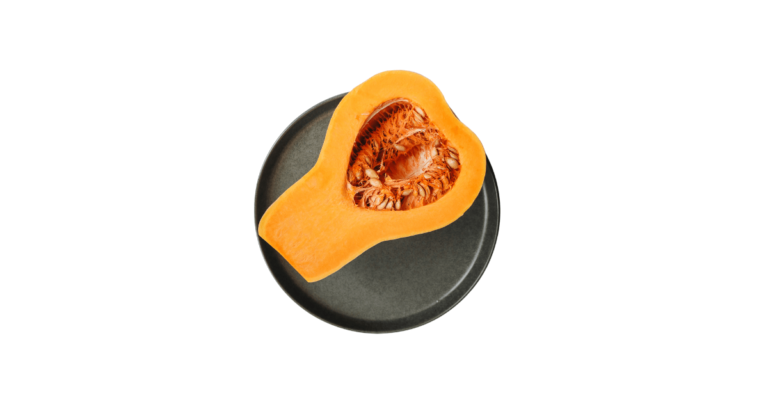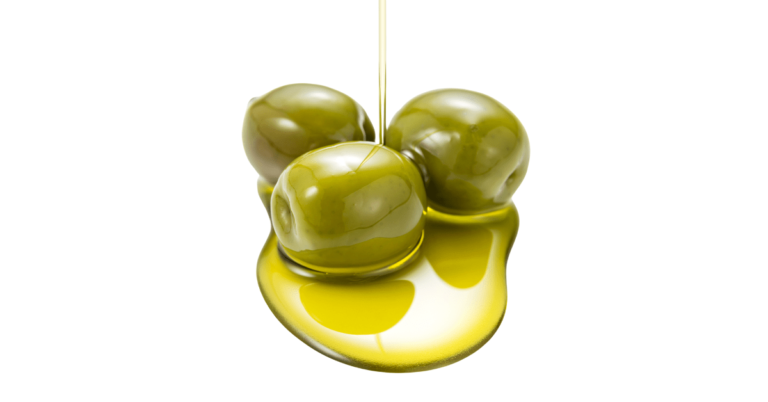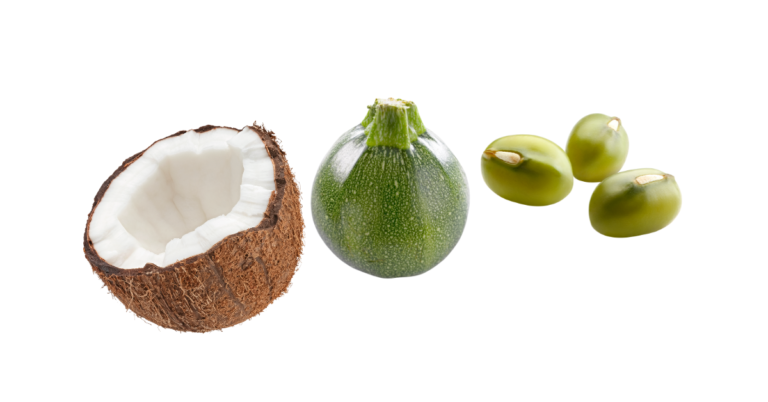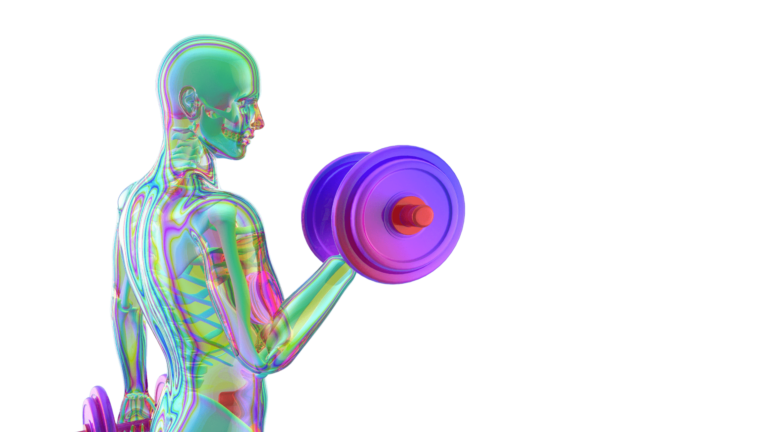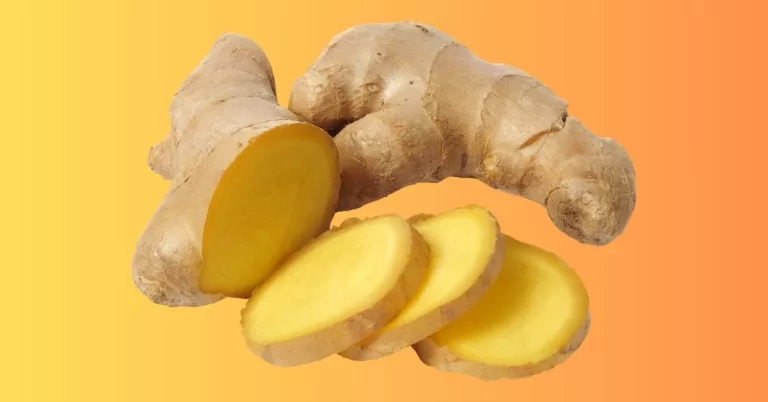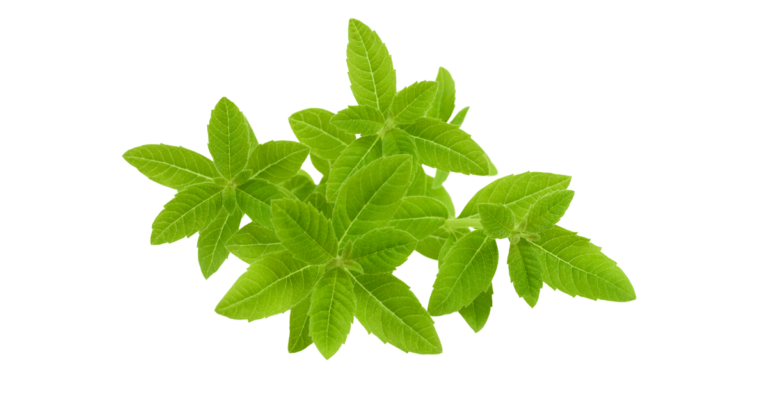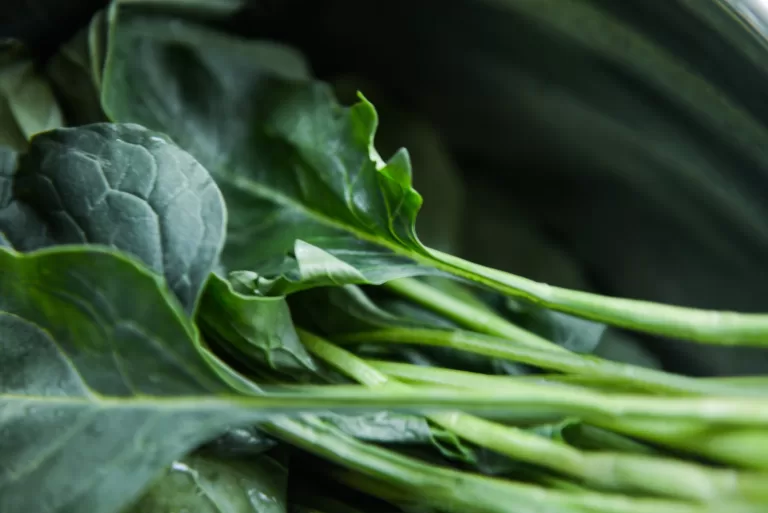Ayurvedic Khichdi Can Be Helpful In Gut-Brain Axis
Ayurvedic Khichdi is a nutritious and antioxidative meal known for its therapeutic benefits. It is a cooked preparation made predominantly of lentils, spices/herbs, rice or other grains and vegetables. Adding grains, spices, and vegetables depends on the prescribed requirements according to a dosha assessment in Ayurveda. This article is a…


